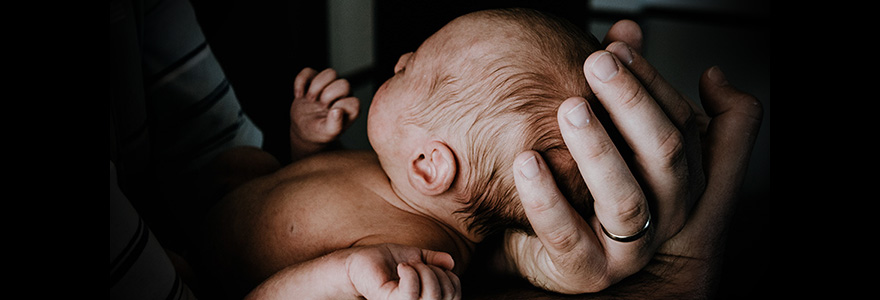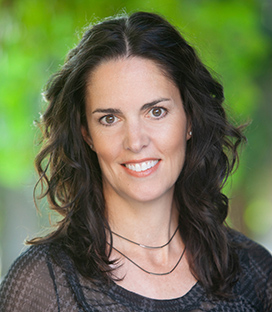Addressing inequities for children born with hearing loss

By Kim McCready
As Chair of the Canadian Infant Hearing Task Force (CIHTF), Marlene Bagatto worries that not much has improved since the release of the 2019 Canadian Early Hearing Detection and Intervention (EHDI) Report Card.
The 2019 Report Card highlighted a considerable and continuous deficiency in hearing health care for children in Canada. With only seven of 13 provinces and territories having established infant hearing health programs, and without a nation-wide strategy, this inequity puts children with lasting hearing loss at risk for developmental, educational, social and cognitive delays.

Marlene Bagatto, School of Communication Sciences and Disorders
Absent an infant hearing health care program, most children with hearing loss are not identified until age two or three which is past the critical period for learning spoken language. In this case, more intensive resources from the health care system are needed than if the loss had been caught early on.
“Knowing what your baby’s hearing status is at birth is critical,” says Bagatto, a professor in Western’s School of Communication Sciences and Disorders. “We all need to know if our senses are working. Hearing gives us access to spoken language and language, whether spoken or signed, is required for social interaction, access to education and cognitive development. There is much at stake.”
The clinical and programming requirements of an infant’s hearing health care are well defined and have established international benchmarks. Infants who do not pass the initial screening receive an assessment from an audiologist at around six weeks of age. If the assessment confirms hearing loss, supports are made available to families so they can decide how to proceed with their child’s language development, whether spoken or through sign language. When hearing loss is identified and managed early, children will develop similar to their normal hearing peers.
The lack of action in response to the 2019 Report Card has led Bagatto and her research team to explore what other data can be gathered and how it can be used to increase the political will needed to proactively address inequities in hearing health in all regions in Canada.
“We all need to know if our senses are working. Hearing gives us access to spoken language and language, whether spoken or signed, is required for social interaction, access to education and cognitive development. There is much at stake.”
“I am motivated to add a new path to my research career — advocating for all children in Canada to have access to hearing health care while I stay invested in the protocols and how to provide the best infant hearing health care,” says Bagatto, who leads the Pediatric Audiology Strategies and Systems Laboratory.
The recipient of the 2023 American Academy of Audiology’s Marion Downs Pediatric Audiology Award, Bagatto’s first steps in adding advocacy work to her program of research will be taken as a recipient of the inaugural Canadian Hearing Services Global Partnerships for Research & Innovation Grant. The grant will fund a study to map the social determinants of infant hearing health care in Canada, identify the reasons for regional deficiencies and determine the cost to Canadians when infant hearing issues go unidentified.
In collaboration with the Health Ethics, Law, & Policy (HELP) Lab professors Maxwell Smith and Jacob Shelley, and Ivey Business School professor Mehmet Begen, the upcoming two-year study will include health equity impact assessments with formalized strategies to help identify the specific inequities for children without access to hearing screening at birth and a cost effectiveness analysis.
Post-study knowledge mobilization activities will be critical to encouraging change, according to Bagatto. Results will be shared with provincial and territorial health systems to guide practice and policy implementation, with the goal of reducing and eventually eliminating the current barriers faced by infants with hearing loss.
“I’m happy that the research is growing beyond being able to test an infant’s hearing and knowing what to do when an issue is identified, to ensuring that every baby in Canada has access to that innovation,” says Bagatto. “We have an obligation to give children the best possible start in life and knowing the baby’s hearing status gives them the chance to learn and grow without barriers.”

